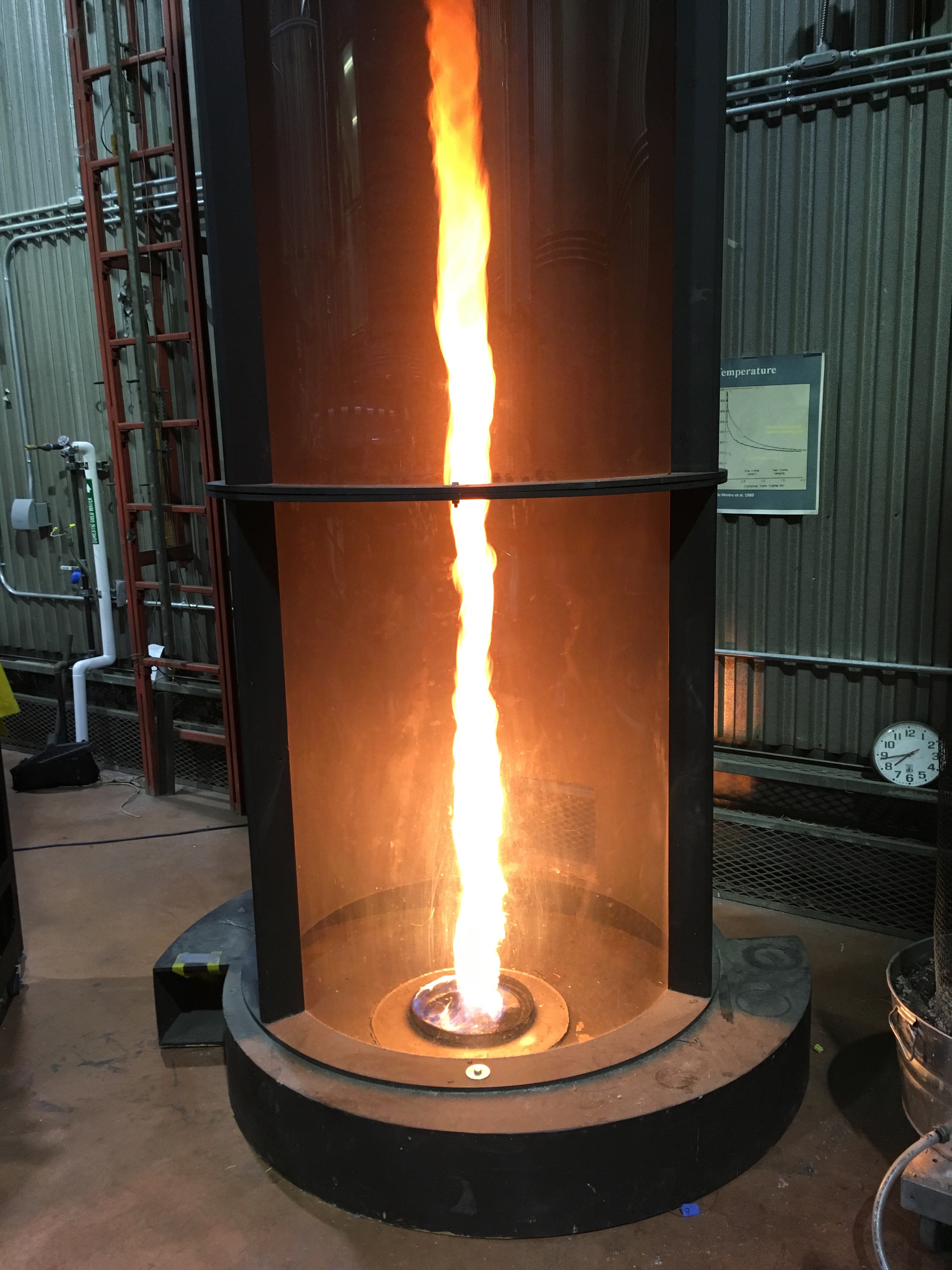PREEVENTS Track 2: A fast-response wildland fire modeling framework for prediction and risk assessment

Supported by the National Science Foundation - PREEVENTS 1664175
Investigators, Senior Personnel, and Collaborators:
Steven Krueger (Utah, Principal Investigator)
Jan Mandel (CU, Denver, Co-Principal Investigator)
Peter Willemsen (Univ. of Minn., Duluth, Co-Principal Investigator)
Eric Pardyjak (Utah, Co-Principal Investigator)
Adam Kochanski (Utah, Co-Principal Investigator)
Rob Stoll (Utah, Senior Personnel)
Mary Ann Jenkins (Utah, Senior Personnel)
Natailie Wagenbrenner (Collaborator, USDA Fire Sciences Lab)
Students:
Wildfires are increasingly common throughout the US and have significant impacts on populated areas. Current rapid-response management is based on empirical or semi-empirical models developed more than 40 years ago. The focus of this project is to create a Multistage Wildfire Research and Prediction System (MWRPS) that links several existing community, open source models developed. This new model has the potential to change how fire is studied, and significantly improve operational wildfire and smoke forecasting. MWRPS will serve as tool for fire professionals, urban and environmental planners, and disaster managers who need to determine the societal and ecological impacts of wildfire and smoke. As a community model, MWRPS will be available to the public to examine a variety of hazard-related issues. In addition to graduate student and postdoctoral training, the project includes a plan for K-12 outreach through the Hi-GEAR program. Sudden changes in flow at the fire line are crucial to extreme fire behavior and associated hazards. Because flow at the fire line can significantly impact fire spread and subsequently all wildfire behavior, prediction and simulation of coupled atmosphere-fire flow must be accurate from synoptic down to fire line scales. Accurate prediction requires the ability to model rapid synoptically-driven changes in local winds, realistically render flow in complex terrain, and capture the impacts of the fire itself on local weather. To meet this challenge, the Multistage Wildfire Research and Prediction System (MWRPS), a multi-scale model, 3D model will be developed based on fundamental fluid dynamical principles. MWRPS will have the ability to resolve buildings, trees, and land cover, to incorporate the effects of complex terrain, different vegetation types and geometries, to disperse smoke, and to represent radiation, sensible, and latent heating in the wildfire environment. Predicted wildfire properties from this model will include high resolution temporal and spatial evolution of the fire perimeter and intensity; behavior for both surface and crown fires; smoke production and dispersion in the Wildland Urban Interface (WUI) or through tree canopies (crucial for planning a proposed prescribed burn); and impacts of smoke concentrations and of heat flux in safety zones and on WUI structures. In addition to the model development, three aspects of extreme wildfire behavior will be addressed: the roles of (1) fuel heterogeneity, (2) complex topography, and (3) fire interactions. A data-driven system will be developed for atmosphere-fire models to steer simulations from a multitude of sources including: weather data, sensors, airborne fire images, and satellite remote sensing in a statistically sound manner.



